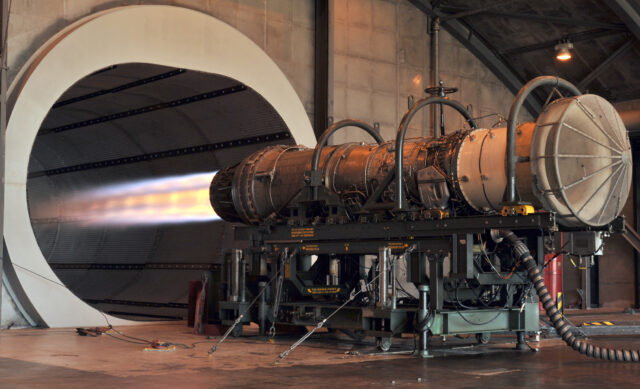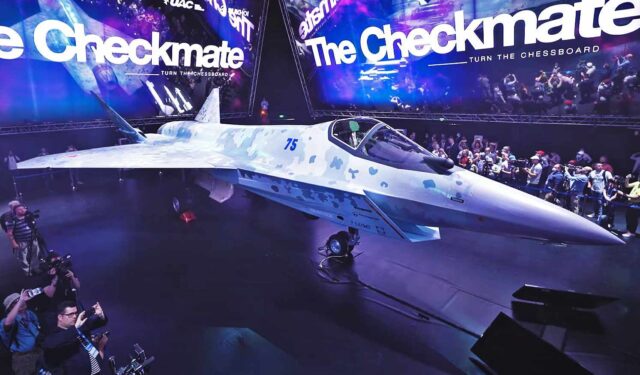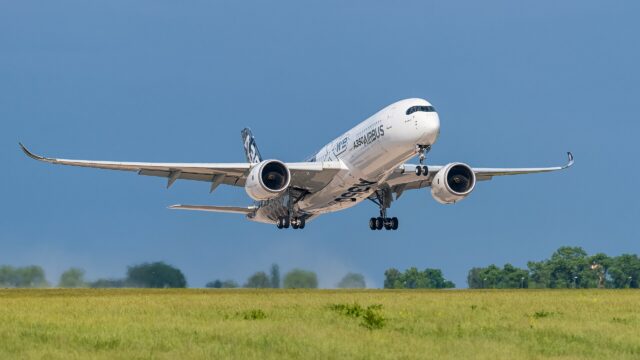First post-sanctions russified Tupolev Tu-214 airliner to begin flight tests

October 23, 2025

The first Russified Tu-214 is expected to start flight testing in November and be the first commercial airliner delivered by the Russian industry since the Western 2022 sanctions. Delivery may still slip into 2026.
First post-sanctions Russian airliner set to enter service
It appears that Russian industry is set to deliver its first domestically produced airliner since the West imposed crippling sanctions. According to the Russian-language newspaper, Business Online, the first Tupolev Tu-214 medium-range airliner is set to be handed over in 2025 or early 2026.
New Tupolev 214 in VIP version for Russisn Ministry of Industry & Trade. Registration RA-64535. Aircraft was painted in Minsk, Belarus. https://t.co/l8tQJtyWtt
— MarcelvandenBerg_Part2 (@ArcelvandenBerg) March 13, 2025
The Tu-214, which is almost ready to enter service, is registered RA-64535, and its construction first started in 2019. The aircraft is being hailed as the first import-substituted aircraft, although Business Online seemed to suggest some of its components may still be imported or salvaged from other aircraft.
While the new Sukhoi Superjet and Yakovlev MC-21 Russian civilian airliners had around 60-80% Western or imported components before the sanctions of 2022, the Tu-214 only had around 14% of its components imported.

With Russia’s fleet of Airbus A321neos grounded, its legacy Soviet regional passenger aircraft now half a century old, and unable to purchase new aircraft, Russian civil aviation is in desperate need of new aircraft. And yet, it seems this particular new Tu-214 will not help, as it is VIP configured as a business jet.
This does appear to be the upgraded Tu-214 variant, and not the very obsolete Tu-204 variant that the BBC had suggested Russia would return to production.

It’s worth noting that the Tu-214 is regarded as an obsolete Soviet era airliner. In 2022, it was announced that Aeroflot would purchase 40 of these aircraft along with 89 Superjets. In 2024, Aeroflot dropped all orders for both aircraft, switching entirely to the MC-21.
The Tu-214 and all other Russian aircraft remain massively behind schedule
Russia had planned to deliver the first three russified Tu-214s in 2023, with seven more in 2024, rising to ten in 2025, for a total of 115 by 2030. Overall, Russia had planned to produce over 1,000 civil passenger aircraft of all descriptions by 2030. As of October 2025, none have been delivered.

Business Online says the goal is for the Kazan Aircraft Plant to produce 20 Tu-214s annually by the end of the decade. However, it notes the facility only has the future potential capacity to produce 5-6 of them annually, and that is not set to change.
Russia has made progress on developing a russified version of the flagship MC-21, with import-substituted prototypes now flying. Even so, the Kommesant reported in October that it is not expected to receive its type certificate until the end of 2026.
Russian aviation in disarray:
— Igor Sushko (@igorsushko) September 23, 2024
Tupolev contracted by the state in 2022 to build 70 Tu-214 passenger jets by 2030.
Kremlin paid Tupolev $450 million in 2023 but then Tupolev asked and got another $1 billion, and then another $1 billion in 2024.
Not a single plane has been built. pic.twitter.com/LK7igbkL7R
One of the major limiting factors is that Russian civil aviation is competing with military aviation for a limited supply of resources, including engineers. Russia’s immediate focus is on the more pressing war in Ukraine, not the looming civil aviation crunch.
Why can’t Russia build modern commercial aircraft?
With the collapse of the USSR, Russia’s previously massive airline industry atrophied, and a massive chunk of the Soviet industry was suddenly outside its borders, particularly in Ukraine.

With the Cold War over, previous Soviet-aircraft customers quickly switched to purchasing more modern, safer, and more efficient Western airliners. This also happened in Russia with Aeroflot and other airlines rapidly switching over to Western jets.
Demand for Soviet/Russian jets evaporated, with new orders mostly coming from the Russian Government for VIP transport and other air force aircraft.
By the 2010s, Russia was working to revive its airliner industry, developing the Sukhoi Superjet and MC-21 with Western partnerships. To some degree, these are Russian skeletons with most of the key systems (including the engines) being Western.
And some more pictures of the MC-21 with PD-14 engines 🌟 pic.twitter.com/WQQfFyUm5S
— UAC Russia (@UAC_Russia_eng) December 15, 2020
In some areas, Russia can produce its own analogues. For example, Russia has its PD-8 and PD-14 engines that can power these jets, but they are heavier, more expensive, underpowered, less efficient, and require more maintenance than Western counterparts. In some specific areas, there are no Russian alternatives.
Featured Image: Wikimedia Commons
















